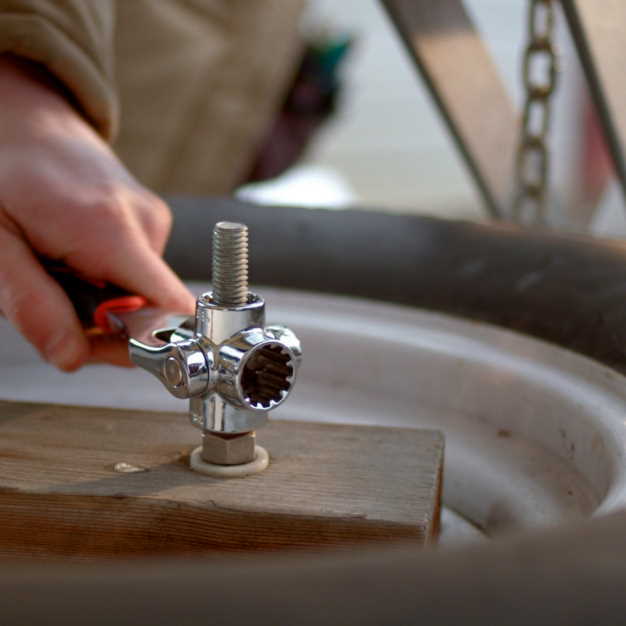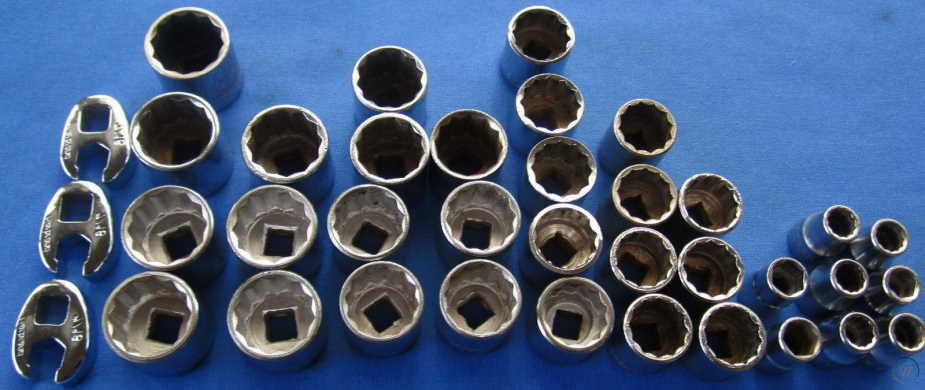The wrench is one such innovation that was driven by the requirement for trusted and constant tools to support the carriage production market. In the last 500– 600 years since that development, wrenches have not changed considerably in function.
The procedure to make a wrench has progressed into numerous techniques over time varying from casting to drop creating, which has lowered expense and increased quality. Let’s discuss the difference between 12 point or 6 point sockets.
New functions and shapes such as balanced out wrenches and stubby wrenches have also been developed as more complex assembly needs developed.
One such function that is incredibly crucial is the number of points on the wrench head, which permit the wrench to engage the fastener.
Listed below we go over the benefits and downsides of 6-point versus 12-point wrenches and why each has a place in a mechanic’s garage. The concepts talked about here also use to 12 point or 6 point sockets.
12-Point Wrenches
The fundamental function of a 12-point wrench is the same as the 6-point wrench. Having 12 points will provide the capability to move the wrench less per turn while still enabling you to rearrange your wrench on the fastener.
This permits you to use the wrench in tighter spaces without concern. The included flexibility is why you’ll see 12-point setups for many combination wrench sets and wrenches in mechanic’s socket sets.
While a lower space requirement to turn your fastener is helpful, you need to also think about the method which the wrench contacts the fastener.
A 12-point wrench has less contact with a common fastener head and as such runs a considerably greater danger of removing a fastener head if you aren’t careful. This is especially true because a 12-point wrench contacts fasteners at the corners which is where fasteners settle.
6-Point Wrenches
 Maybe the most significant benefit of a 6-point wrench is that it will offer you one of the most surface contact with a normal bolt head, and will therefore considerably minimize the possibility of removing the fastener.
Maybe the most significant benefit of a 6-point wrench is that it will offer you one of the most surface contact with a normal bolt head, and will therefore considerably minimize the possibility of removing the fastener.
This is clearly a huge benefit as a rounded bolt head can come at the expense of substantial time and aggravation. For this factor, you’ll discover that most effect sockets tend to be 6-point.
Among the drawbacks of a 6-point wrench is that you require some considerable space to be able to use them. In general, a 6-point wrench needs 60 degrees of rotation minimum in order to have the ability to rearrange your wrench on a fastener for another turn.
If you have the space available for that much wrench motion, then this is no issue at all. In a tight engine compartment, you may find that your space is minimal which you have a difficult time rearranging your wrench on a fastener which requires you to use the open end of the wrench or pick another tool.
